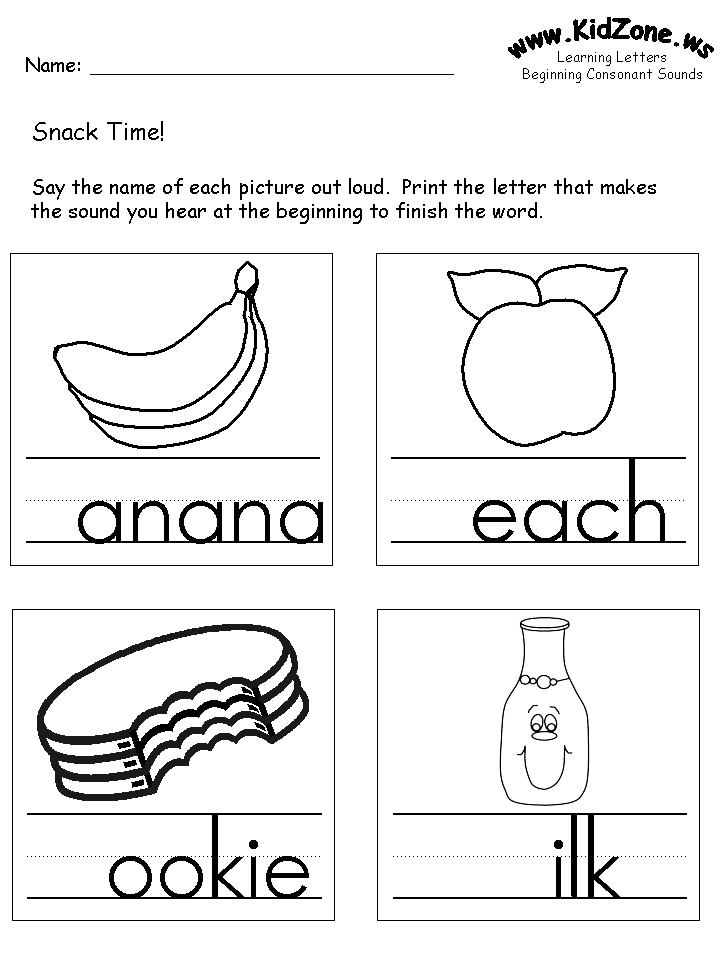Teaching the sounds of letters
5 Fun And Easy Tips
Letter sounds are one of the very first things your child will encounter when they begin to explore reading.
By recognizing the phonetic sounds that alphabetic letters make, your child will take their first big step toward associating words with their individual sounds, an essential tool for, when the time is right, sounding out words.
Most new readers start from the same place — by learning their letters! And no matter where your child is on their reading journey, working with them on their letter sounds is a great way to help strengthen their fundamental skills.
Here are five fun and effective tips for working on letter sounds with your child.
5 Fun And Easy Ways To Teach Letter Sounds
1) Touch And Feel Letters
Humans are tactile creatures, and we depend on touch to tell us a lot about the world around us. This is especially true of kids when they’re learning!
Although most traditional reading curriculums focus on auditory and visual cues for letters and their sounds, touch can be helpful, too. We have five senses, after all, so we might as well take advantage of them!
As opposed to relying solely on how a letter looks when it’s written (and flat), adding in a physical sensory element can help your child build a stronger connection to the letter sound they’re trying to learn.
Doing this engages an extra part of their brain while they learn. Not only will they know what the letter looks and sounds like but also what it “feels” like. Associating the “feel” of a letter with its pronunciation may help them gain a better understanding of letter sounds more quickly.
There are plenty of options for exploring reading through your child’s sense of touch. The best part? Your child will get to do one of their favorite things — make a mess! Letting them get messy with letters provides a great incentive to learn.
If you’d like to try this tactile learning style, you can get started by grabbing a few blank pieces of paper. Using a thick, dark marker, write out the letters you want your child to work on.
Then, you can simply grab whatever you have around the house that is malleable enough to form into letters. PlayDoh or kinetic sand are both great options.
We recommend saying the associated letter sound as your child looks at and forms the written letter with the PlayDoh or kinetic sand. You can also encourage them to shape their material over the outlined letter on the page if they need some extra guidance.
Feel free to also brainstorm words with them that share the letter sound they’re practicing. This could help them make even more connections to the letter and its sound!
If you don’t mind a little extra clean up, shaving cream can also be a great option! Simply spread out the shaving cream on a flat surface. Trace out the letter for them in the shaving cream, then ask them to do the same while you repeat the letter sound.
2) Connect Letter Sounds To Familiar Symbols
Letters and their sounds might be unfamiliar to your child. By making a connection between letter sounds and items or symbols your child might already be familiar with, you can help bridge the gap between what they don’t know yet and what they do!
Utilizing things that your child already knows and loves may encourage them to get more engaged with learning their letter sounds. Familiar ideas will also make them feel more confident and comfortable while learning.
Familiar ideas will also make them feel more confident and comfortable while learning.
For example, if you want to start with the letter “T,” consider printing out pictures of things that start with “T” that your child loves, such as trucks and tigers. Let your child choose which pictures to use, and then help them create their very own alphabet book with those images!
Working with your child to construct their personal letter-sound alphabet — a mixture of the specific picture you want them to learn to associate with a particular letter sound — is an easy and fun craft project that will pay off in the long run.
The more personalized you can make the learning process the more fun your young learner will have!
Familiarity can also help your child beyond simply learning the letter sound: it helps them build confidence! The more your child feels like they understand and know what they’re reading, the more likely they’ll be to develop an enthusiasm for learning.
3) Repetition, Repetition, Repetition
This technique focuses on repetition, which is great for getting your child familiar with their letter sounds.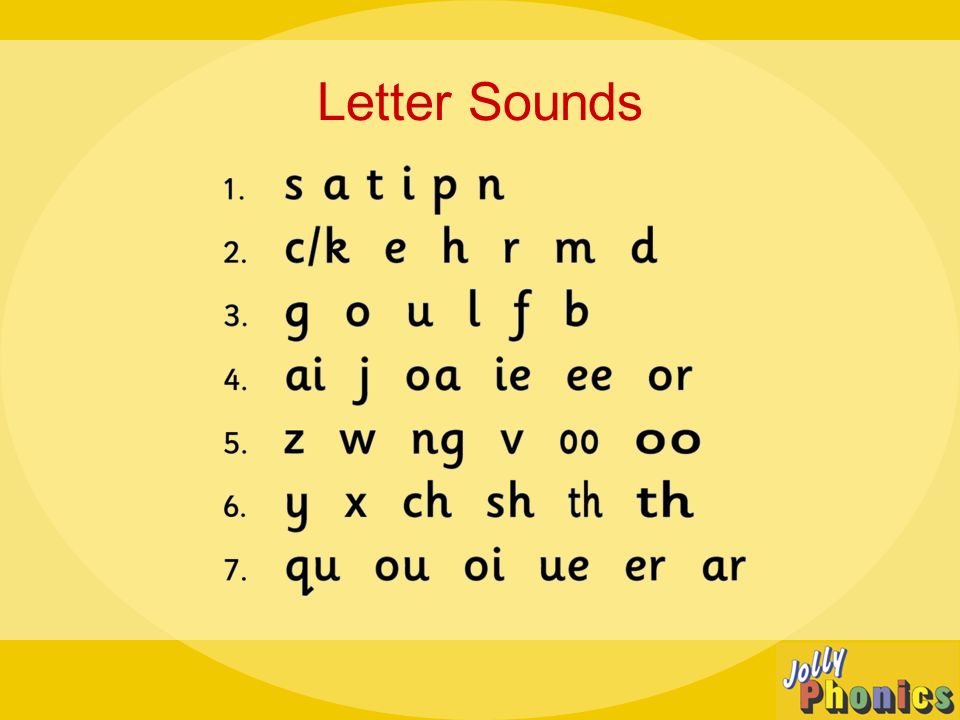 By consistently repeating the same letter sounds to them, you can help your child more easily pick up on them.
By consistently repeating the same letter sounds to them, you can help your child more easily pick up on them.
A great idea might be to focus on introducing your child to one letter sound at a time. You could make a “letter of the week” jar for your child. Place an empty jar on your counter labeled with the letter sound for the week.
Every time your child points out a word they’ve heard that starts with the letter sound of the week, they earn a “ticket” or “point” in the letter sound jar (you could also use stickers on a poster if you don’t have a jar handy).
Challenge your child to gain three or four points (or more!) during the day. You’ll want the jar to be somewhere your child sees it often — maybe in the kitchen so you can prompt your learner to think of a word while you’re making dinner or washing dishes!
They don’t have to rely on only the things they hear or see in real life, especially when it comes to those trickier letter sounds (like x, q, or z). Consider using some of your daily reading time to flip through magazines or books and point out the letter sound whenever you come across it.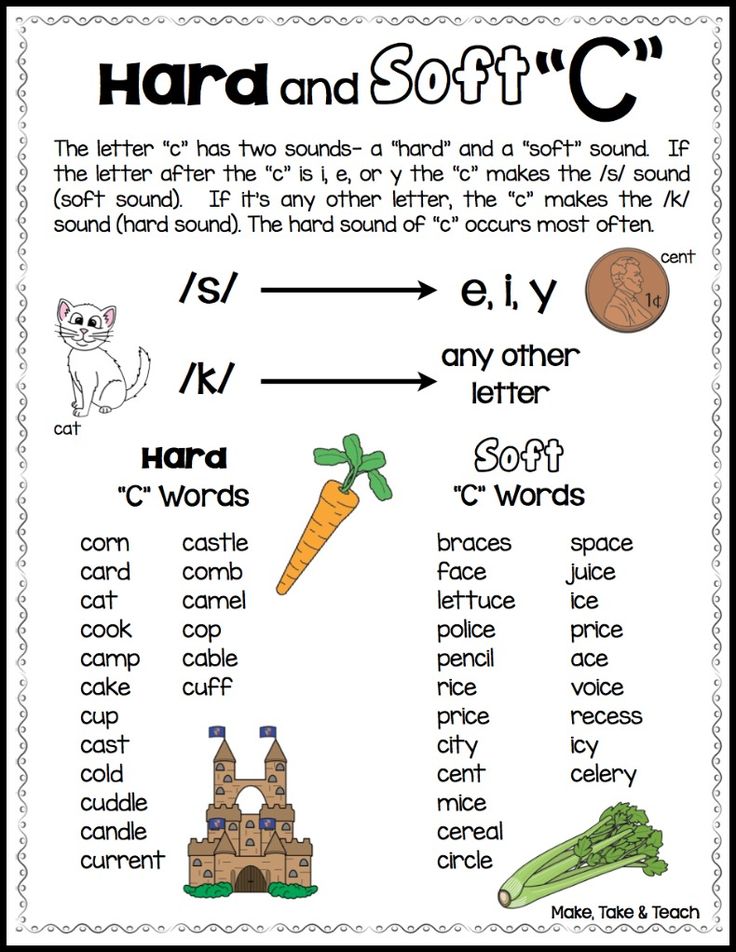
Emphasizing repetition this way really gives your child the chance to focus intensely on a single letter and explore the primary sound it represents!
Giving them ample amounts of time, practice, and exposure to one sound at a time may help them with their learning longevity.
4) Digital Letters In The 21st Century
Technology is a huge new factor in modern-day learning. Not only do children learn how to read and write texts, but now they also have to learn how to use a keyboard at a very young age.
While too much media time can be bad for your child, there are ways to be mindful about media consumption and incorporate media into their letter-sound learning. Especially for busy families, media can be a really useful asset to add to your parenting tool belt.
If you’re looking for a safe, personalized, and reliable place for your child to work on their reading and letter-sound skills, our online learning center has tons of playful games and exercises!
Your child can also use a simple keyboard to engage their letter-sound skills.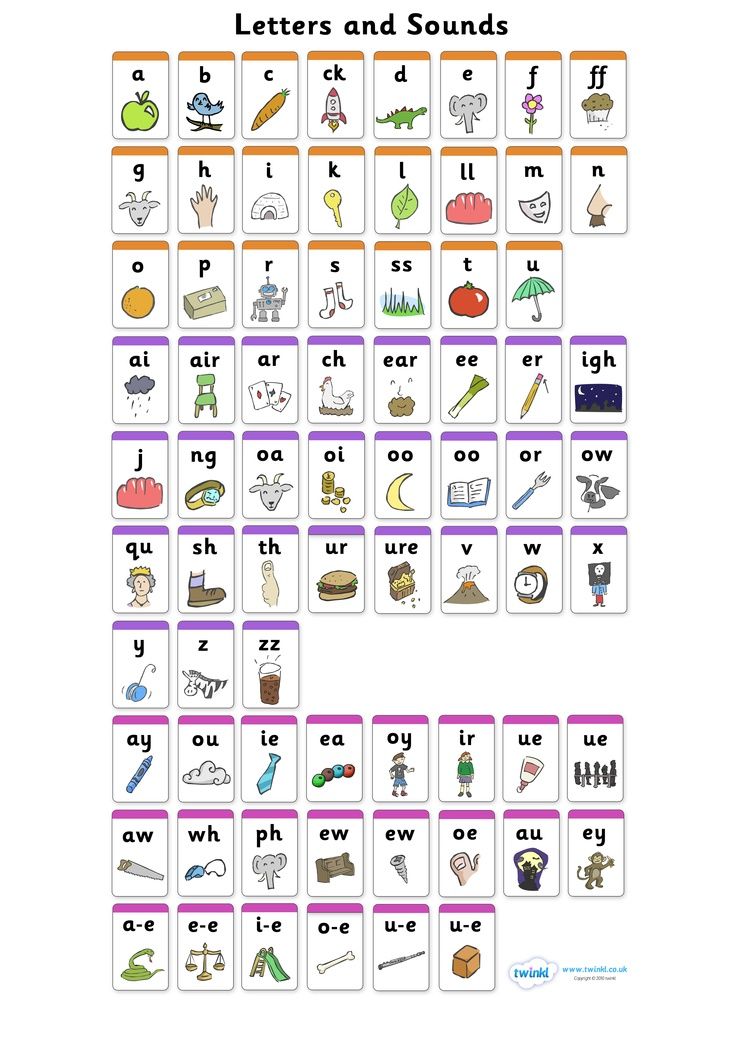 For this activity, you can call out the sound of a letter and ask your child to hit or point to the letter it matches on a keyboard.
For this activity, you can call out the sound of a letter and ask your child to hit or point to the letter it matches on a keyboard.
This exercise is easy and versatile, as you can use any keyboard you have around — on your phone, your computer, or a device designed for kids. And your child will probably love pretending to be a grown-up just like you!
5) Bingo
Classics are classics for a reason. And Bingo is a time-tested, kid-approved game!
If you’d like to take a shot at this activity, draw or print out a Bingo sheet that has pictures of things your child is familiar with (remember tip #2!). We recommend sticking to things they see daily, like apples (for the “a” letter sound), bikes (for the “b” letter sound), and so on.
To play, call out a letter sound and instruct your child to mark off the picture that begins with the same sound. If your child has siblings or neighborhood friends, consider inviting them to play along (it makes for a great virtual game, too).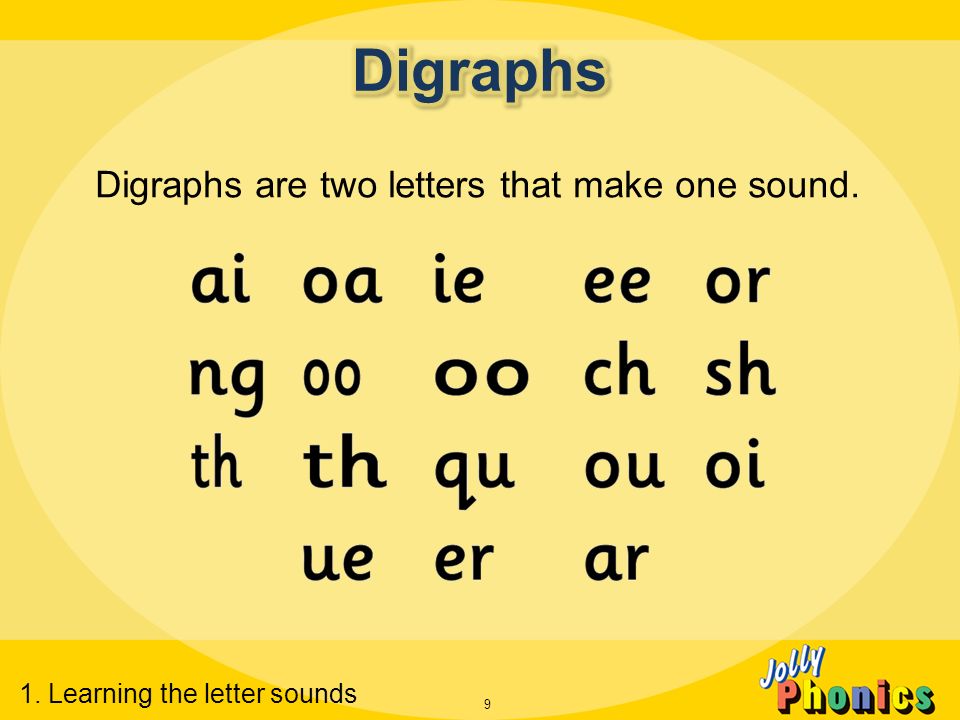
The first to make it to bingo wins!
Making Letter Sounds Fun And Functional
We hope these tips were helpful and gave you some creative ideas for how to get your child engaged with letter sounds (while having a blast along the way!).
We always want to leave you with a reminder that on the journey toward helping your child become a confident, enthusiastic reader, it may take some time to discover what learning strategies are the perfect fit for them. That’s OK!
If you ever need a little extra help or want to switch up your child’s learning routine, our learning center is always open and full of engaging and effective exercises for your emerging reader!
Author
Help Your Child Learn Alphabet Sounds!
Teaching Tips
December 15, 2020
0
4 mins
Alphabet knowledge is one of the first building blocks of education, the moment when children begin learning the letters of the alphabet. As the stepping stones of language, learning the alphabet is one of the first ways we develop the skills necessary to read and write. In fact, studies show that the ability to name the letters of the alphabet during Pre-K and kindergarten is a well-established predictor of children's literacy skills later in life. Properly knowing the alphabet means that the child can distinguish between the 26 letters of the alphabet and can also verbalize those letter sounds. There are many different ways to approach teaching the alphabet, and because every child is different, multiple teaching methods should be considered to ensure that all students are on the same path toward mastering letter sounds.
As the stepping stones of language, learning the alphabet is one of the first ways we develop the skills necessary to read and write. In fact, studies show that the ability to name the letters of the alphabet during Pre-K and kindergarten is a well-established predictor of children's literacy skills later in life. Properly knowing the alphabet means that the child can distinguish between the 26 letters of the alphabet and can also verbalize those letter sounds. There are many different ways to approach teaching the alphabet, and because every child is different, multiple teaching methods should be considered to ensure that all students are on the same path toward mastering letter sounds.
Tips for Teaching Letter Sounds
Many factors play a role in a child’s quest toward learning the alphabet. When teaching letter sounds, it's important to consider that students have varied learning styles. It is best to use a combination of visual, tactile, and auditory strategies in order to reach learners most effectively.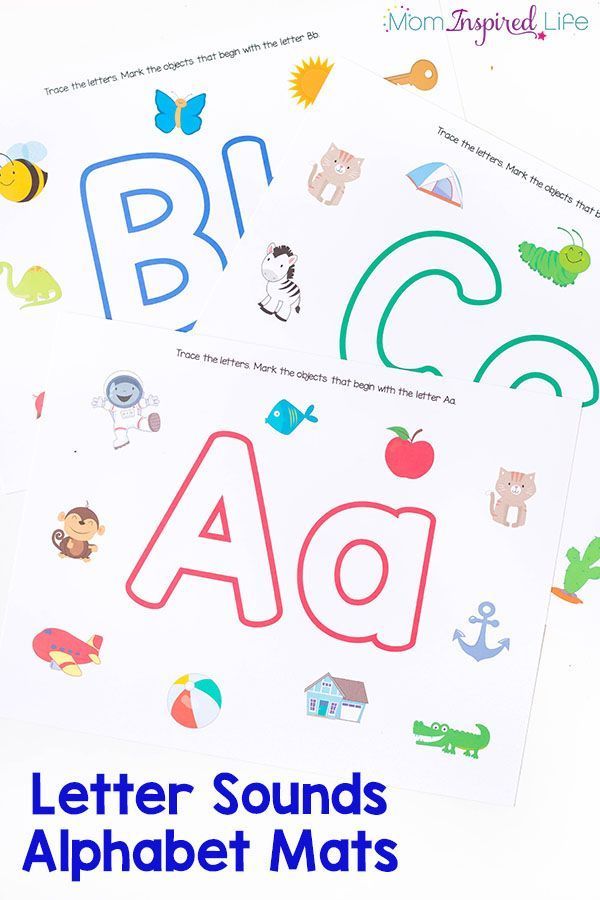 Taking advantage of all possible approaches and beginning at an appropriate pace for the age group is key for making sure the child has learned the alphabet.
Taking advantage of all possible approaches and beginning at an appropriate pace for the age group is key for making sure the child has learned the alphabet.
Preschool vs Kindergarten
Establishing the child’s starting point is crucial for properly knowing where to begin in regards to the child learning letter sounds. In Pre-K, students are beginning to establish phonemic awareness, and these skills can grow quickly. By establishing the learner’s baseline, you are able to help them achieve greater growth throughout their Pre-K and kindergarten years.
Start With Their Name
Taking full advantage of meaningful literacy during early childhood education is a great way to connect lessons with the student in an intimate and fun way. Starting with teaching the child’s name guarantees that there will be a personal connection to the letters of the alphabet and teaching the letter sounds of their name will help them to remember certain letters and touch on correct letter order as well.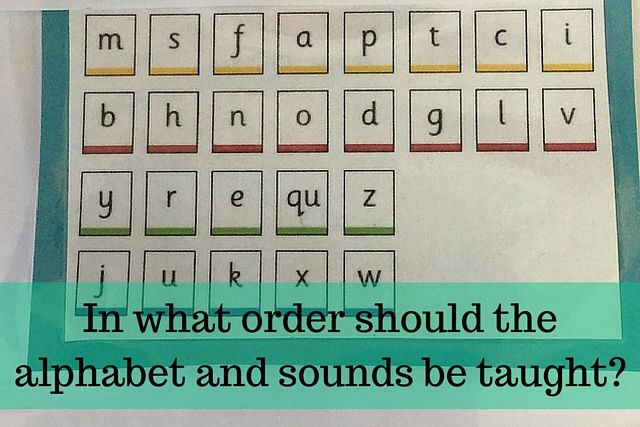 Start with their name and then move on to other personal buzzwords such as their favorite food, color, and so on.
Start with their name and then move on to other personal buzzwords such as their favorite food, color, and so on.
Capital Letters First
When teaching letter sounds, children typically learn capital letters first so it’s much easier for them to recognize capital letters than lowercase letters. When using visual materials for teaching letter sounds, begin with mastering capital letters of the alphabet and then move forward to incorporate lowercase letters as well. This allows them to have a foundation for letter sounds while then focusing on letter recitation overall.
Use Visual Cues
Visual cues are a huge helping hand in the quest for properly teaching alphabet letters and sounds. Combining verbal and visual instruction to provide aid for the child allows them to commit the letters to memory and recall those letters later on.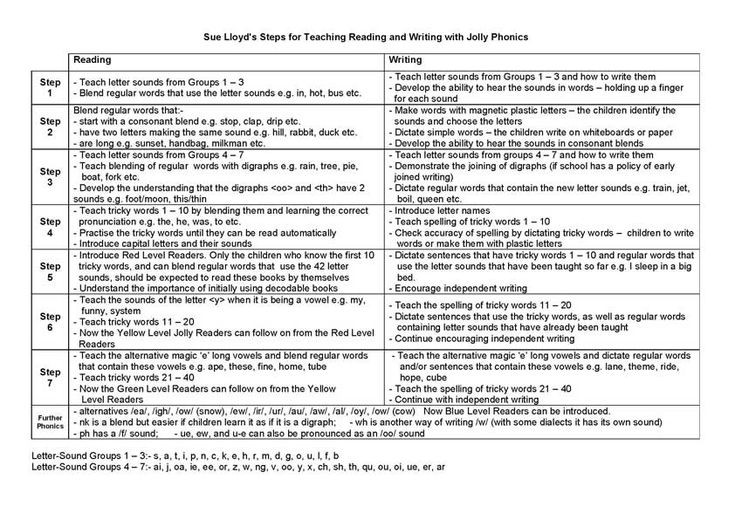 Consider using physically engaging alphabet resources to help give kids visual assistance in learning letters and sounds. Some great tools we suggest include:
Consider using physically engaging alphabet resources to help give kids visual assistance in learning letters and sounds. Some great tools we suggest include:
Letters or Letter Sounds First?
Each student is unique! Some children will have an easier time identifying the letter, while others may have a better time learning the sound before the corresponding letter. Take note of which direction the child is leaning toward and cater to their individual needs. But first and foremost, ensure you invest a healthy amount of time in establishing letter-sound-correspondence when teaching letters and sounds.
Mix Up the Standard Alphabet Order
A great way to ensure that the student is properly able to identify and replicate alphabet letter sounds is to change up the alphabet order.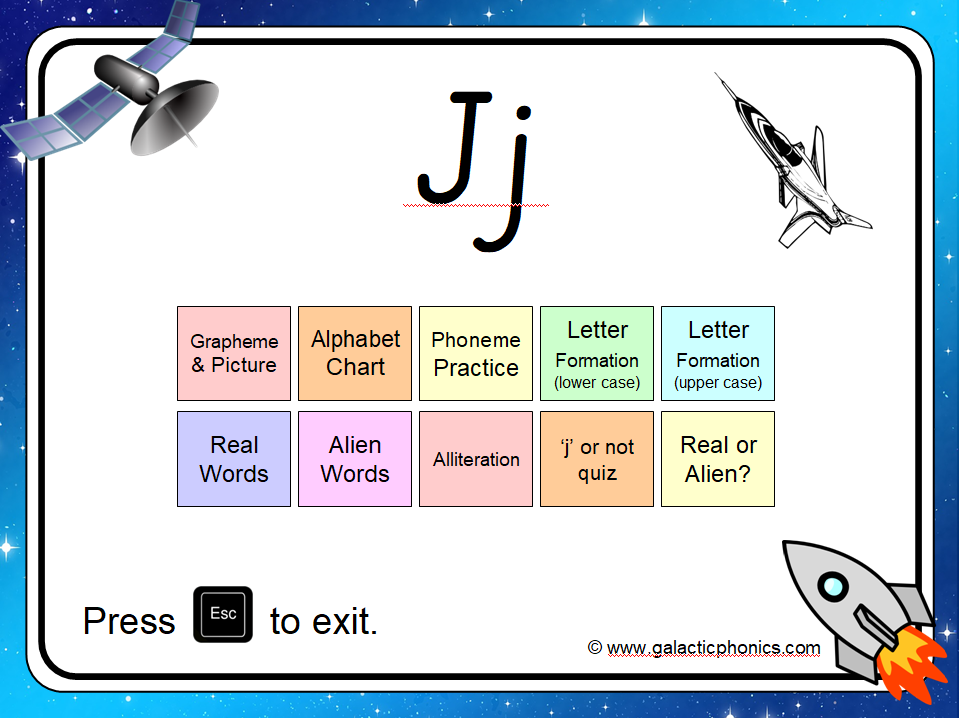 This allows the teacher to see if the student has retained the alphabet properly or has maybe relied heavily on educational tools like songs and games to be able to identify letters. A-B-C Touch & Flip Cards are a great tool for mixing up the order to ensure each letter gets its own spotlight and that the child can confidently excel in mastering the alphabet.
This allows the teacher to see if the student has retained the alphabet properly or has maybe relied heavily on educational tools like songs and games to be able to identify letters. A-B-C Touch & Flip Cards are a great tool for mixing up the order to ensure each letter gets its own spotlight and that the child can confidently excel in mastering the alphabet.
Make Letter Sounds Fun
One of the best parts of teaching letter alphabet sounds is watching the moment when it finally clicks for the child. Teaching letter sounds should be a fun experience for the child. That positivity helps encourage comprehension and encourages further development of these skills. Try playing games, singing catchy alphabet songs, or even assigning alphabet-based art assignments to help make learning the alphabet a fun experience.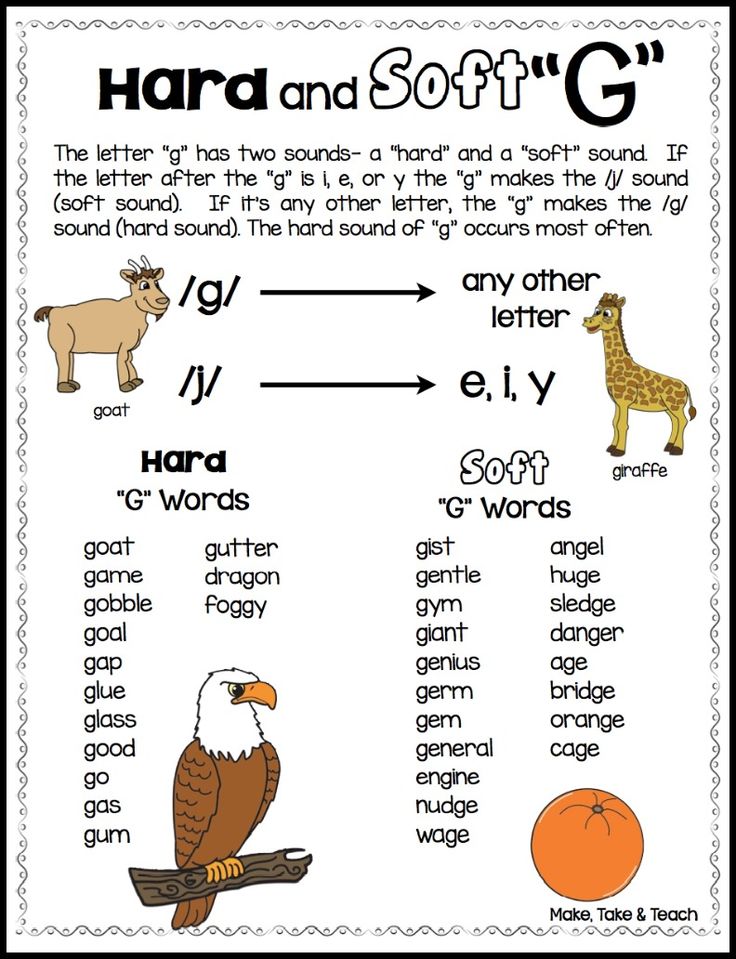
Learning Without Tears Knows Letter Sounds!
Once a child has confidently mastered letter sounds and the alphabet, they’ve taken the first step toward literacy, vocabulary, language development, and more. With a combination of enriching alphabet learning materials and enough consistent practice, any child will be on their way to confidently know the alphabet.
Learning Without Tears seeks to help families, educators, and children get prepared for learning with innovative educational materials and professional resources. We want every child to be set up for success through each step of their learning journey, with engaging and worthwhile materials for K-5 students. Regardless of whether the child is learning in a traditional classroom or at home, Learning Without Tears provides access to proven curricula, industry insight, and enriching products that help make teaching and learning the alphabet a fun experience.
Source: Piasta, Petscher & Justice, 2012
Related Tags
Home Connection
Home Connection, Teaching Tips, Multisensory Learning, Readiness
Handwriting Development Through Developmentally Appropriate Practices from Ages 2-5
August 13, 2021
0 4 min
Ask the Experts, Teaching Tips, Multisensory Learning, Readiness, Home Connection
Why is Literacy Development Important for Children?
June 17, 2021
0 4 min
Ask the Experts, Teaching Tips, Multisensory Learning, Readiness, Home Connection
Naming Letters Is Not a Straight Path to Literacy: Here’s Why
April 15, 2021
4 2 mins
There are no comments
Learning letters and sounds with children
7044
Before teaching a child to read, parents are advised to first teach the child to recognize and distinguish sounds.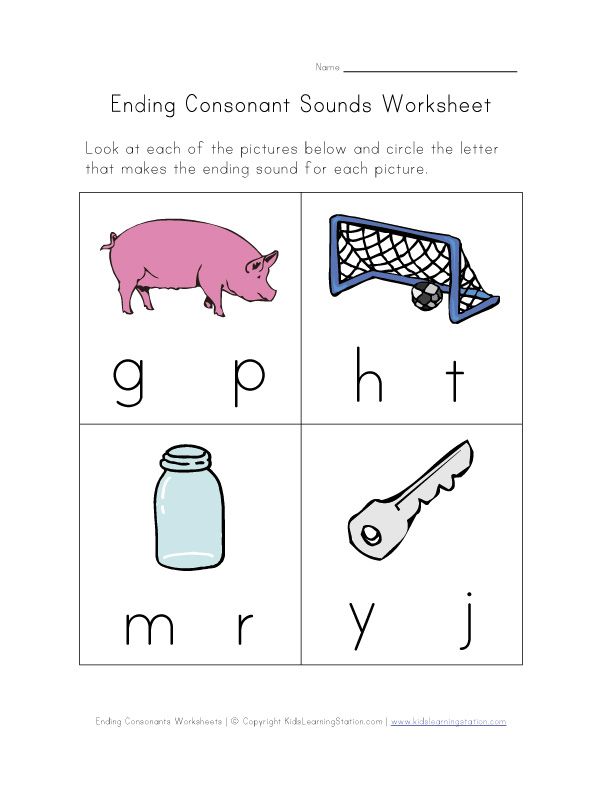 Some children understand the difference between letters and sounds after the first explanation, while others do not. And then the mother has to connect her imagination and all her pedagogical abilities in order to first understand herself, and then explain to the child why to distinguish between sounds and letters and how to do it.
Some children understand the difference between letters and sounds after the first explanation, while others do not. And then the mother has to connect her imagination and all her pedagogical abilities in order to first understand herself, and then explain to the child why to distinguish between sounds and letters and how to do it.
It is necessary to understand the following pattern: there are many more sounds than letters, sounds are more important than letters, letters in themselves do not mean anything, and all qualities, for example: sonority, softness, etc., are related to sounds. One letter can represent several sounds. Therefore, we begin to learn to speak and read precisely with sounds.
Tell a kid a story:
“People lived in ancient times. They already knew how to speak and therefore loved to tell each other fairy tales and sing songs. But everything they told was quickly forgotten, because people did not know how to write. Fairy tales and songs were so interesting that a person wanted to remember them for a long time.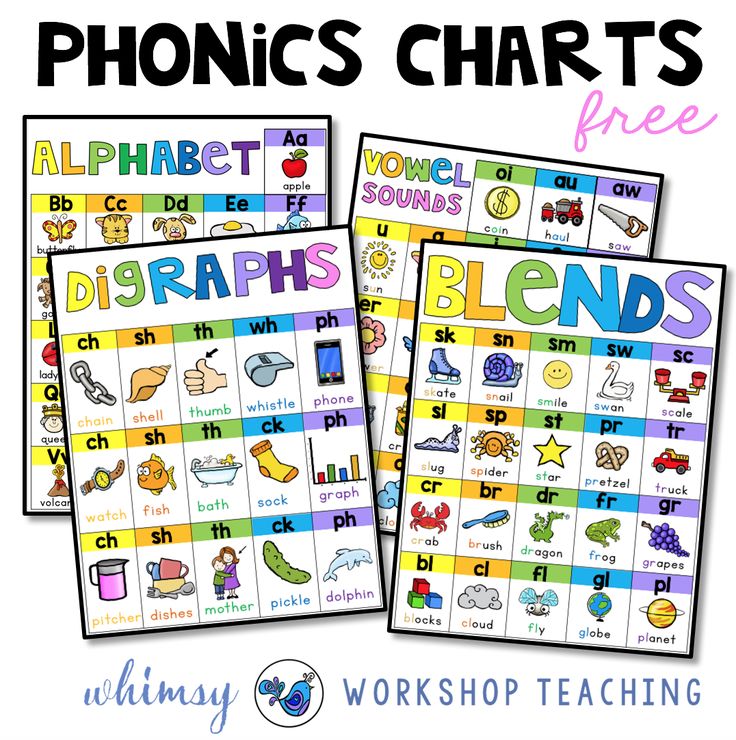 And then people came up with special letter icons. The letters denoted the sounds that people uttered when telling a fairy tale. So the ancient man began to write down his fairy tales with the help of letters. Therefore, letters-icons now live in books, but they are always silent until you want to read them aloud. And as soon as you want to read a letter, sound will immediately appear. Sound and letter are the closest friends and cannot live without each other. A letter without a sound is silent, and a sound without a letter immediately disappears.
And then people came up with special letter icons. The letters denoted the sounds that people uttered when telling a fairy tale. So the ancient man began to write down his fairy tales with the help of letters. Therefore, letters-icons now live in books, but they are always silent until you want to read them aloud. And as soon as you want to read a letter, sound will immediately appear. Sound and letter are the closest friends and cannot live without each other. A letter without a sound is silent, and a sound without a letter immediately disappears.
There will be 33 houses in the city, because there are 33 letters in the alphabet. A river will flow through the city, which will divide it into three parts. One coast is called "Vowers", the second - "Consonants", and empty houses are built on the third coast. However, houses will be built in the city not only on the shore, but also on the river. Floating houses are special. They can be painted in two colors, and empty houses in one gray color.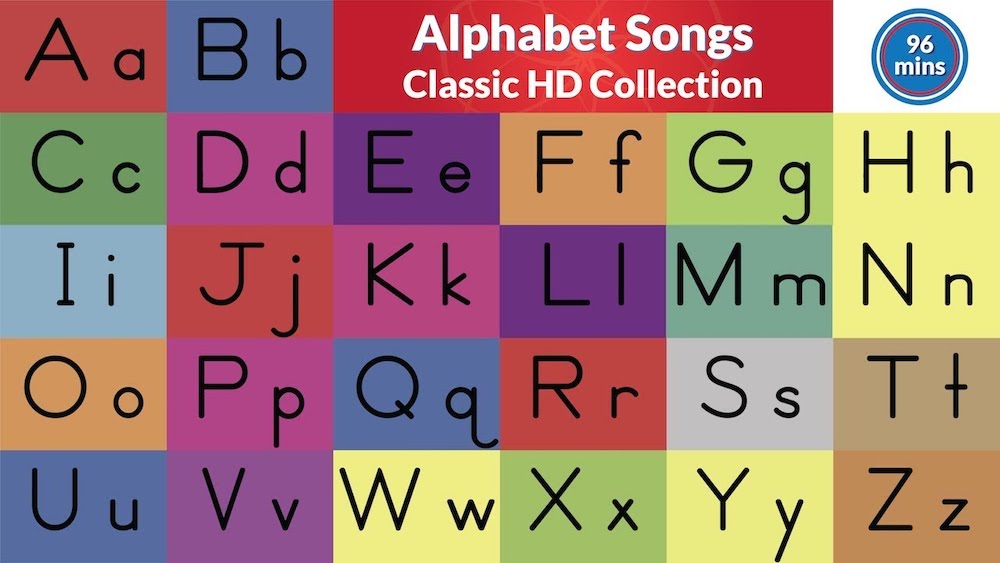
Houses in the city are divided into three types: with two tenants, with one and empty houses.
On the bank of vowels there will be 6 single houses: a, i, o, u, s, e.
Houses were built on the bank of consonants, where 2 sounds live at once - hard and soft: b-b, v-v, g-g, d-d, z-z, k-k, l-l, m-m, n -n, p-p, r-r, s-s, t-t, f-f, x-x, and single houses: f, c, w, d, h, u. In total, 21 houses were built on the bank of the consonants.
Suitcase houses will live on the river, there are only 4 of them. Two sounds Y-E live in the house E, sounds Y-O live in the house YO, in the house Yu - Y-U, in the house I - Y-A. These houses were built on the river because vowels and consonants coexist in them.
There are empty houses on the third bank: b sign and b sign. Nobody lives in these houses. Therefore, these letters do not have sounds. They are only for writing.
Play with the drawn map.
Discuss with your child in the following sequence: the letter B is the house of two friends: a large and hard sound B and a small and soft sound b.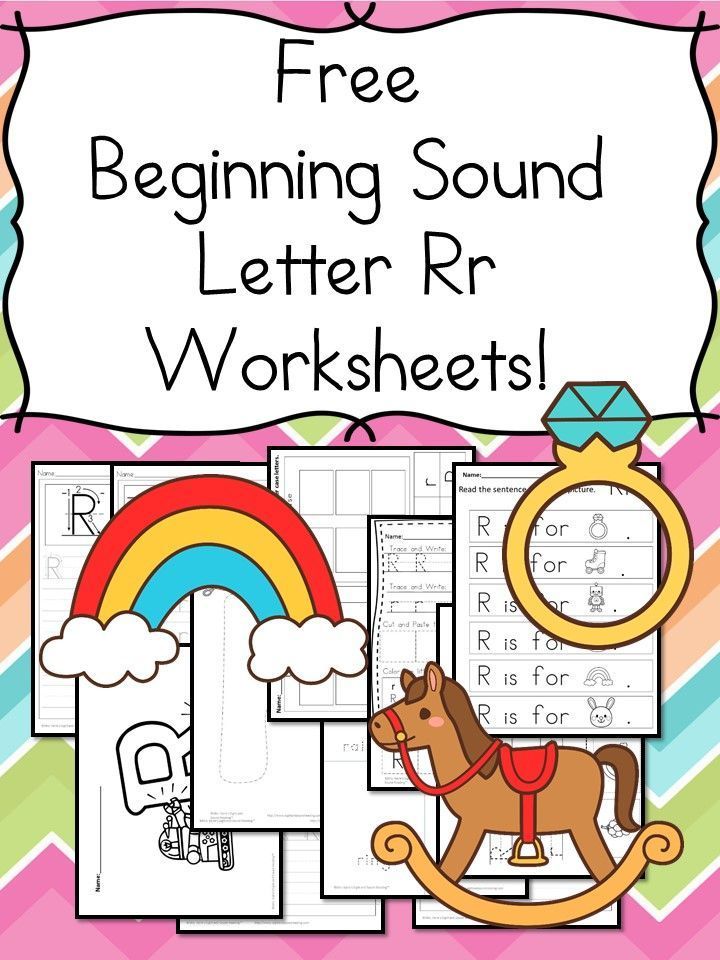 Compare how the letter B sounds, for example, in the words Bom and Bim. (In the word Bom we hear a hard sound B, in the word Bim - a soft sound b).
Compare how the letter B sounds, for example, in the words Bom and Bim. (In the word Bom we hear a hard sound B, in the word Bim - a soft sound b).
When examining a book, ask: “Where is the letter M in the word BEAR? And what sounds live in the house-letter M?" The child must remember the map or directly examine it with you at this moment and show with a finger that sounds live in this house: big and hard M and small and soft m.
When studying consonants, call them by the sound they denote, i.e. not "me" or "em", but "m". Otherwise, later it will be very difficult for the child to learn how to combine letters into syllables and words.
The ratio of sounds and letters is a rather abstract thing for kids. And it will be easier for them to understand it if they are guided by the picture and create images in their imagination.
The Razumeikin website will help your child learn letters in the "Letters and Reading" section and get acquainted with the characteristics of sounds in the "Preparing for Literacy" section - educational videos and interactive tasks will turn learning to read into an exciting game!
Did you like it? Share with friends:
Online classes on the Razumeikin website:
-
develop attention, memory, thinking, speech - namely, this is the basis for successful schooling;
-
help to learn letters and numbers, learn to read, count, solve examples and problems, get acquainted with the basics of the world around;
-
provide quality preparation of the child for school;
-
allow primary school students to master and consolidate the most important and complex topics of the school curriculum;
-
broaden the horizons of children and in an accessible form introduce them to the basics of various sciences (biology, geography, physics, chemistry).
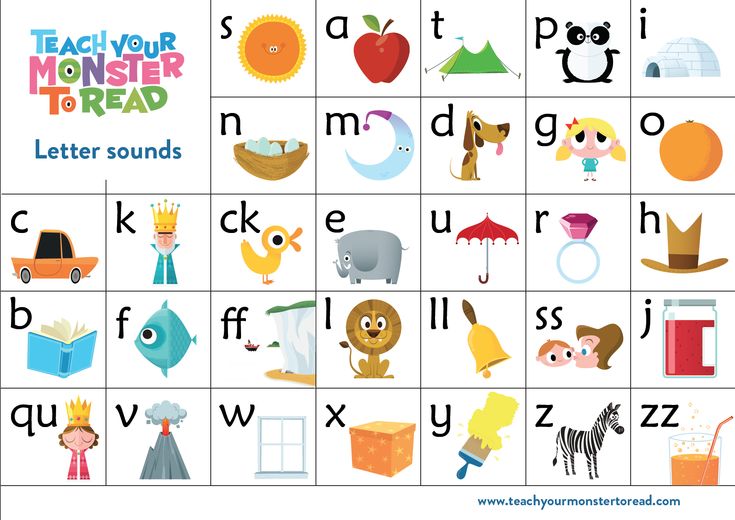
Teaching children to read. Learn letters and sounds.
There are different opinions about whether or not to teach a child to read at an early age. You can often see such a picture on the street. Mom asks the baby, pointing to any letter of the sign on the house: "What is this letter?" The kid happily answers: "PE!", Or "EM!", Or "ES!". Dear adults! If this is how you call letters to children, then how will your little student read the syllable "MA"? Imagine, he will most likely get "EMA"! And he will be right: EM + A = EMA. And the word "MA-MA" in this case will be read as "EMA-EMA"!
How many times does a child need to say a letter to remember it? There is no answer to this question: everything will depend on the individual characteristics of the child, his age, the frequency of classes with him. First, the adult shows and names the letters (in primers, on special posters, in split alphabets, on the street), then the child learns to find the letter on the instructions of the adult (“Find and show the letter B in this word!”), And only after that he independently recognize and name a letter.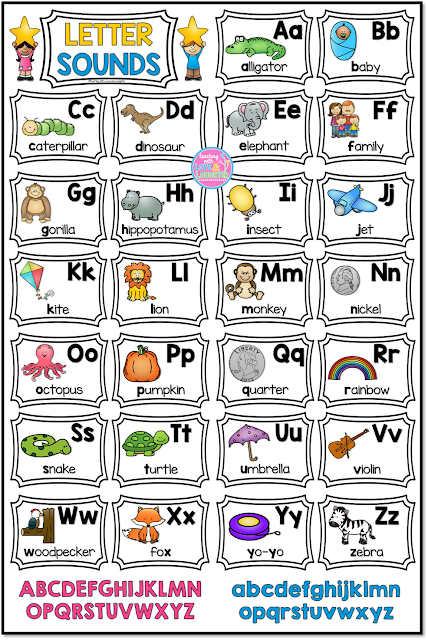 The expediency of teaching a child to write letters depends on the age and capabilities of the child. Learning to read and type at the same time is optional. If your child is still insecure about using a pencil, drawing geometric shapes and simple shapes with difficulty, typing letters will become difficult and uninteresting for him, which may also affect learning to read. You should not teach children written letters: the teacher in the first grade will do it competently and at the right time for the child!
The expediency of teaching a child to write letters depends on the age and capabilities of the child. Learning to read and type at the same time is optional. If your child is still insecure about using a pencil, drawing geometric shapes and simple shapes with difficulty, typing letters will become difficult and uninteresting for him, which may also affect learning to read. You should not teach children written letters: the teacher in the first grade will do it competently and at the right time for the child!
Of course, it is useful to memorize letters by laying them out of sticks, cubes, mosaics, buttons, peas, pebbles, modeling a letter from plasticine (from sausages / flagella) or wire, tracing and coloring three-dimensional letters, and hatching them. From all this arsenal of exercises related to the development of fine motor skills, there is sure to be one that will become exciting for your child.
Some manuals offer to rely on images when memorizing letters, compare letters with various non-alphabetic images, on the pages of such manuals you can find subject pictures in which letters are "inscribed".
N.S. Zhukova's primer is not entertaining or entertaining, its task is to provide the child with the fastest mastery of the reading technique, which should bring joy and pleasure to children as a reward for their work. We hope that our children, having mastered reading without much difficulty, will pick up a book as an instrument of culture and a source of knowledge.
If you want to teach your child to read before he goes to school, the Primer is the best assistant in this matter. To avoid the sad consequences of illiterate learning, treat all our advice, guidelines and notes with attention and understanding.
It is necessary to form the reading skill gradually and sequentially , starting with the sound analysis of the word, and then moving on to reading syllables, words, sentences and texts.
Acquaintance with sounds - the initial stage of teaching a child to read . By the time of entering school, the child must correctly and clearly pronounce all the sounds of his native language.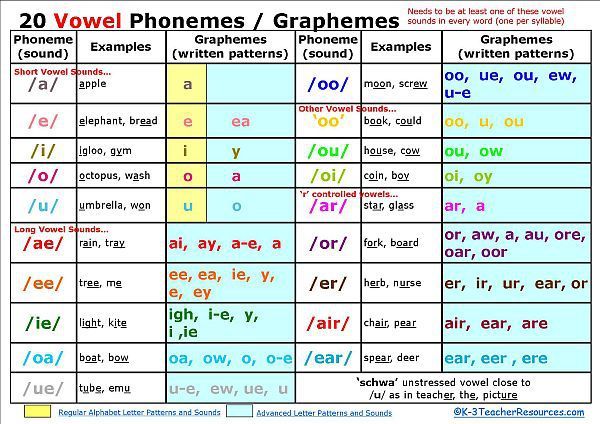 The kid should have an idea about vowels and consonants, distinguish between hard and soft, voiced and deaf consonants.
The kid should have an idea about vowels and consonants, distinguish between hard and soft, voiced and deaf consonants.
The next stage of learning to read is the formation of a basic skill - the ability to read syllables. It is important that the baby does not name the letters separately, but read the syllable at once, smoothly singing it like a song.
Having mastered the skill of reading open and closed syllables, the child proceeds to reading words - first simple, and then more complex. If the child reads words well, one should proceed to reading sentences .
The child should know that a sentence can consist of one or more words, and the first word is always capitalized. A well-formed word and sentence reading skill allows you to move on to reading short texts.
TIP ONE: Start learning to read only if your child's oral language is sufficiently developed.
TWO TIP: do not memorize all the letters of the alphabet with your children at once!!!
TIP THREE: Do not call consonants with vowel sounds, such as se or re.

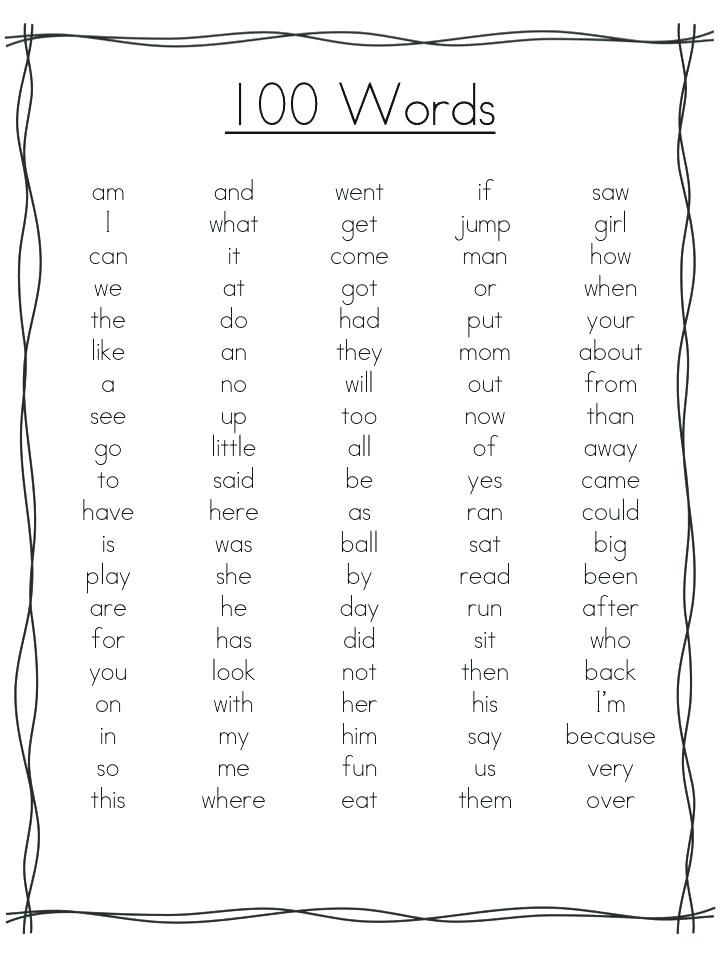
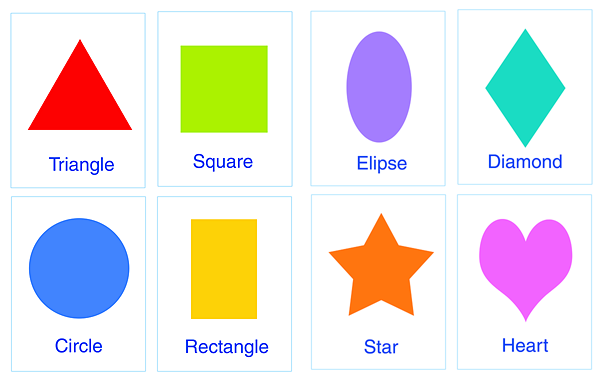
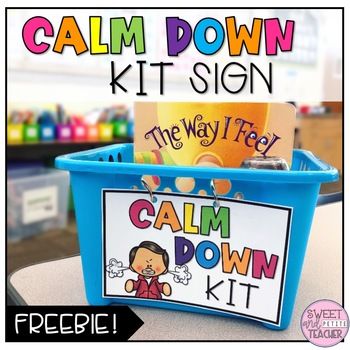
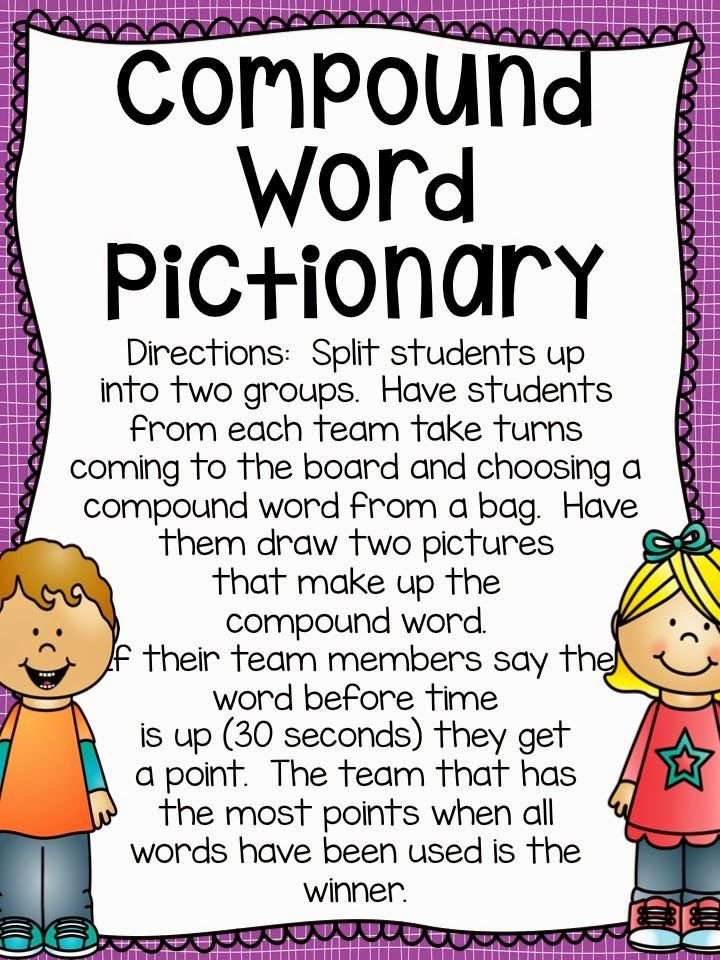
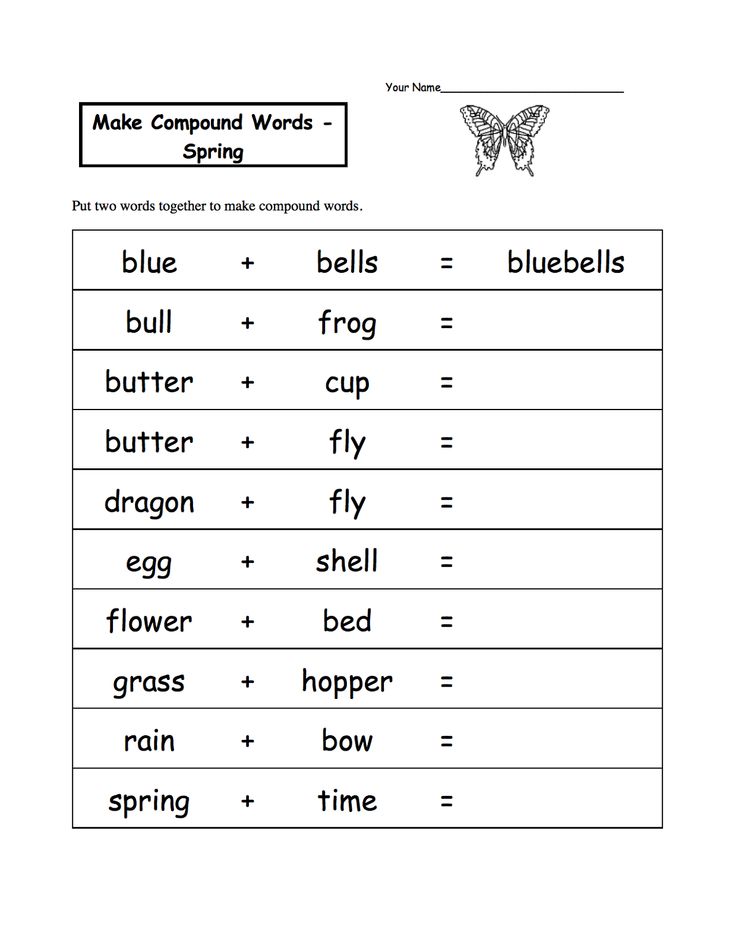
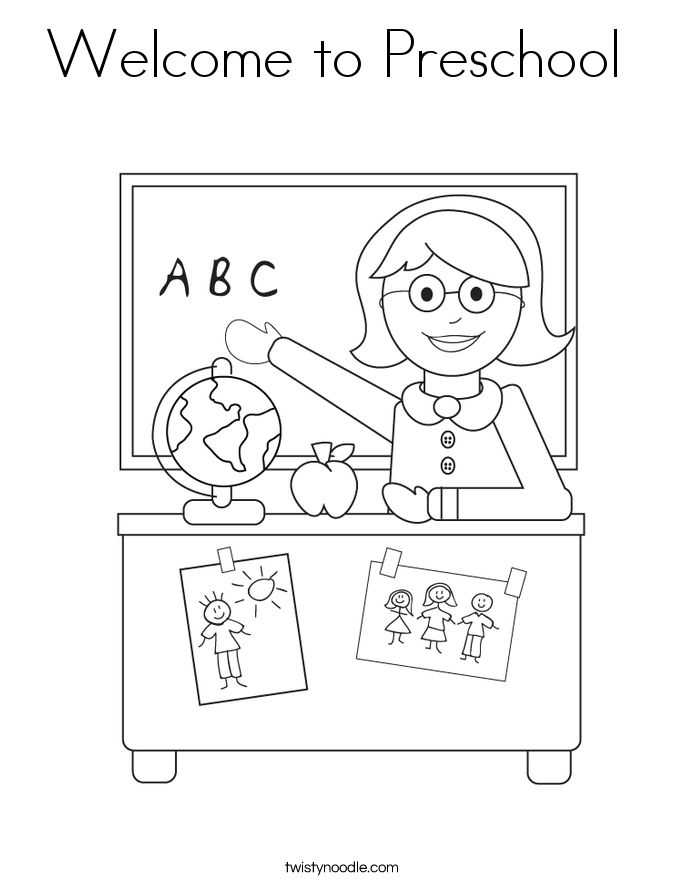
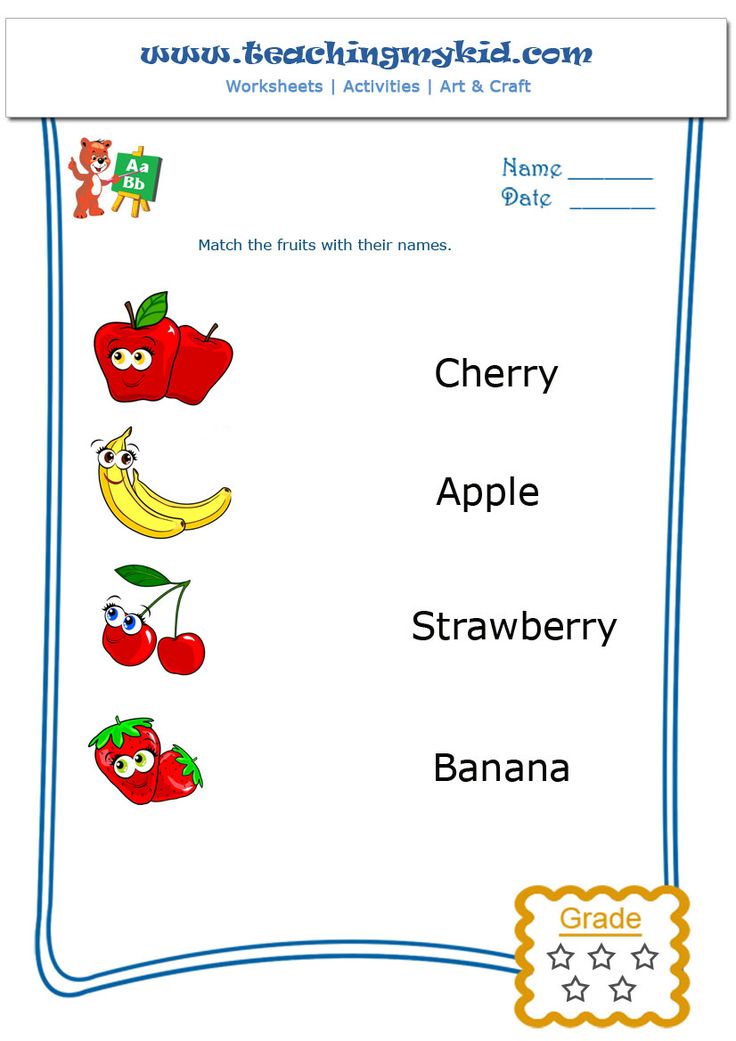
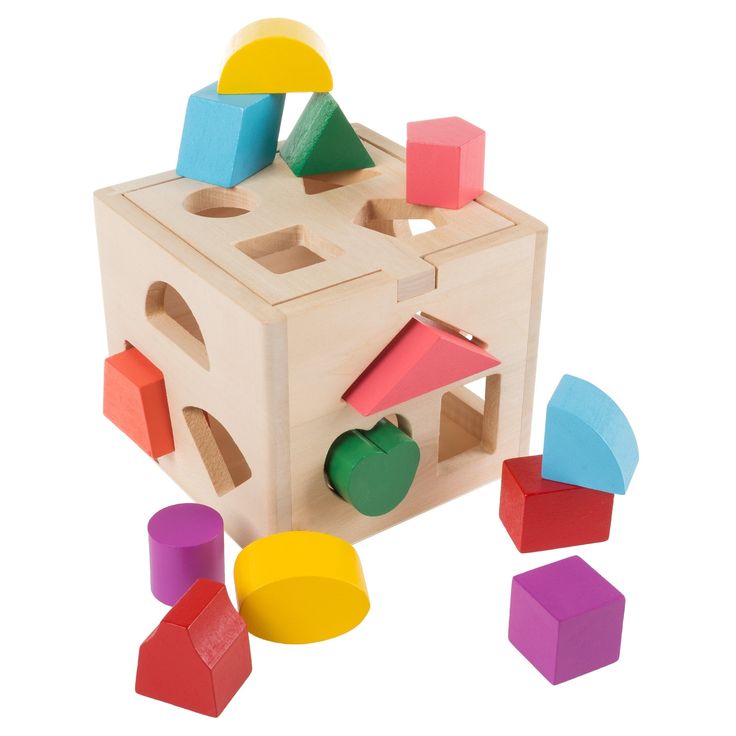
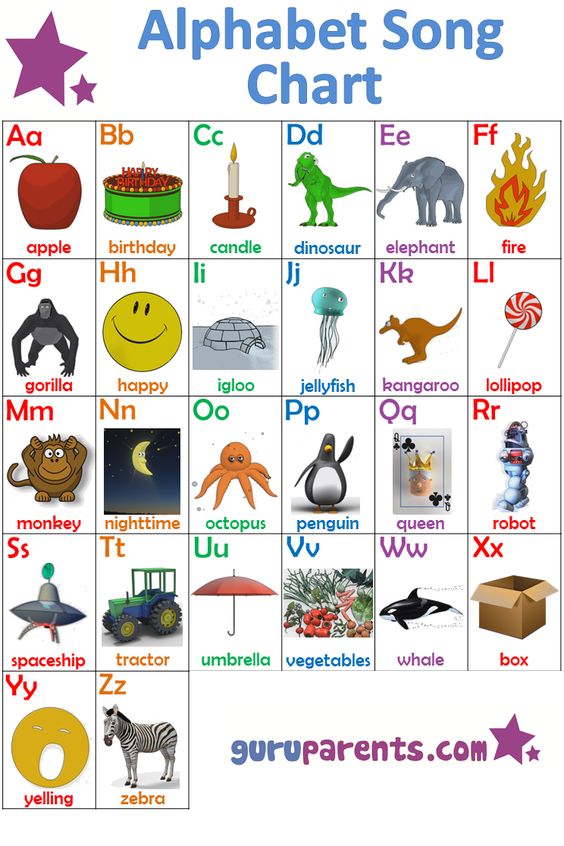
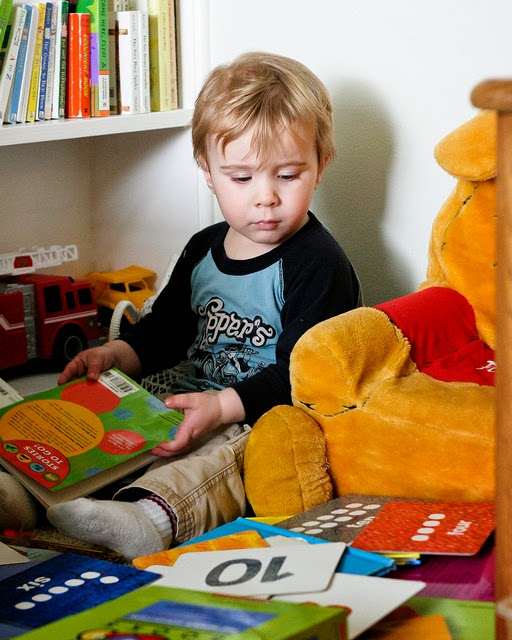.jpg)
